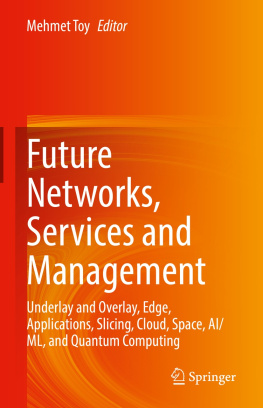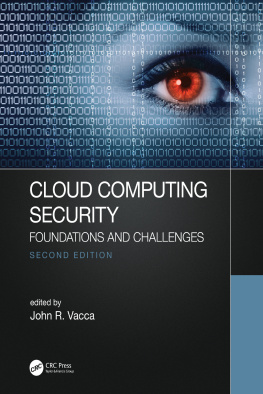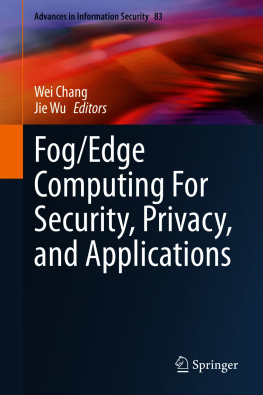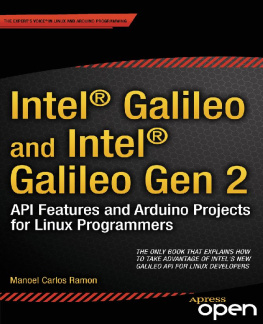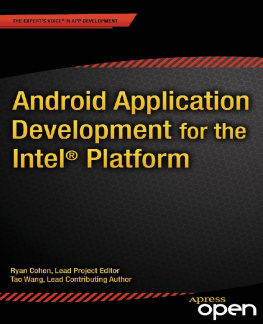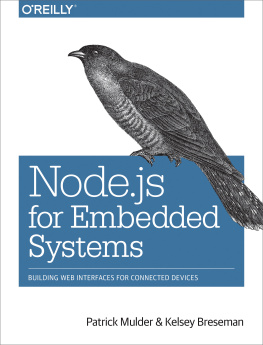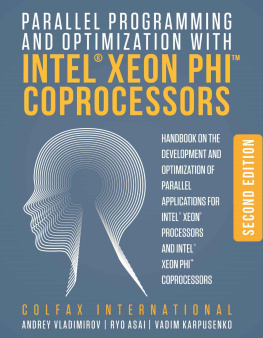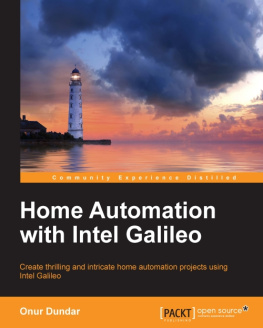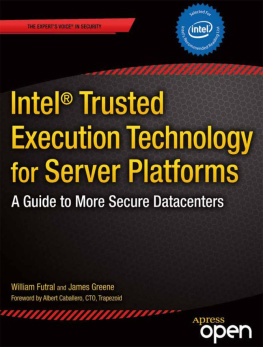1. Cyber Security in the Mobile Age
The number of new security threats identified every month continues to rise. We have concluded that security has now become the third pillar of computing, joining energy-efficient performance and Internet connectivity in importance.
Paul S. Otellini
This book is an in-depth technical introduction to an embedded system developed and manufactured by Intel Corporation. The embedded system is not an independent product; it is a native ingredient inside most of Intels computer product portfolio, which includes servers, desktops, workstations, laptops, tablets, and smartphones. Although not well known to most end users, the embedded system plays a critical role in many consumer applications that people use every day. As such, its architecture, implementation, and security features are worth studying.
Depending on the end product in which the embedded engine resides, the engine is denominated differently:
For the embedded system shipped with computing devices featuring Intel Core family microprocessors, it is called the management engine .
For the embedded system shipped with computing devices featuring the Intel Atom system-on-chip (SoC), it is called the security engine . Note that not all Atom platforms use the security engine introduced in this book.
For the sake of convenience, this book refers to it as the security and management engine , the embedded engine , or simply the engine .
Three Pillars of Mobile Computing
In August 2010, Intel announced the acquisition of security giant McAfee. Paul S. Otellini, Intels president and CEO at the time, emphasized that security has become the third pillar of computing when commenting on the investment. The other two pillars of computing are energy-efficient performance and Internet connectivity.
The three pillars summarize the core characteristics for computing, especially mobile computing. Intels security and management engine is an embedded component that serves as the backbone that supports the three pillars for multiple forms of computers, including mobile endpoints, desktops, workstations, and servers. As its name indicates, the engines main functionalities are security and management. In the meantime, power efficiency and connectivity are also addressed in its design.
Power Efficiency
Mobile devices distinguish themselves from stationary platforms in mobility and independence of AC (alternating current) power supply. The battery life is hence an important factor for evaluating the quality of a mobile product. Before the battery technology sees a major breakthrough, computer manufacturers have to strive to deliver hardware and software with low energy consumption.
A number of general strategies can be employed to save power:
Decrease the processors clock frequency, with the potential tradeoff of performance. For example, the security and management engine runs at a significantly lower speed than the platforms main processor. This is possible without degrading the user experiences, because the engine is not designed to be involved in performance-critical paths.
Dim the display screen and shut down devices that are not being used or place them in sleep states. For example, after being idle for a configurable amount of time, like 30 seconds, the security and management engine may completely power off or run in a low-power state with very low clock frequency. Events that may wake up the engine to its full-power state include device interrupts and messages received from the host operating system.
Simplify and adjust hardware and software logic. Redundant routines should be removed. For example, applying blinding to public key operations is meaningless, because there is no secret to be secured from side-channel attacks; whenever feasible, favor performance over memory consumptions for runtime programs. These are part of the design guidelines for the security and management engine.
Internet Connectivity
Needless to say, the majority of applications running on a mobile device rely on network connections to function. Looking into the architecture, there are two models of splitting the workload between the local device and the cloud:
The main functionality of the cloud is storage, for contents such as movies, music, and personal files. The local device carries out most of computational tasks. This model requires stronger computing capability of the mobile devices, which may imply higher prices.
Besides storage, the cloud also performs a certain amount of computations for the device. The device is responsible for only limited computations, and its main tasks are input and output. This model is advantageous in lowering the cost of the device. However, it requires high network bandwidth and powerful servers that are able to support a large number of devices simultaneously.
Security
Security is not standalone, but closely relevant to the other two pillars. Security is becoming vitally important for computers, thanks to the increasing connectivity. While enjoying all the benefits and conveniences the Internet has to offer, connected devices are also exposed to widespread attackers, viruses, and malware on the open network. The new challenges of securing mobile platforms are originated from three of mobile computing:
Always connected : Smartphones and tablets may never be turned off. Attacks can be mounted at any time and take any amount of time.
Large data transmission : Because of its convenience, mobile devices are used more often for operations that involve secure data transmission with servers, for example, web site logon, financial transaction, online purchase, and so forth. This makes attacks that require collecting a large amount of data more likely to succeed.
Privacy : Mobile devices hold sensitive data that would not normally appear on stationary computers. The data includes but is not limited to phonebook and location information. A security objective for mobile devices is to protect users personal information.
To mitigate these threats, security researchers have invented and deployed various countermeasures to safeguard computers and prevent leakage and abuse of assets. They include software-based solutions, like antivirus programs, firewalls, and so on, and hardware-based solutions, such as secure boot.
Now lets take a look at the relationship between security and power. Unfortunately, improvements in security and reduction in energy consumption are largely contradictory. A security measure, although an essential element, costs power to accomplish its work that is not functionally beneficial. However, an insecure system is not practically usable. Well-designed cryptography and security implementations can provide desired protection strengths with minimum power consumption. The following are some strategies that can be considered:
Offload intensive mathematical operations to hardware engines that operate at lower frequency. Most cryptography algorithms are built on complex mathematics. The dedicated hardware should feature specific logic for underlying operations, so the calculation can be completed faster with lower power, compared to general-purpose processors.
Utilize efficient algorithms and parameters; for example, when designing elliptic curve cryptography, select the curves carefully, and use the ones that require the fewest operations without degrading the security strength.




